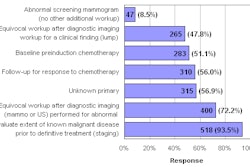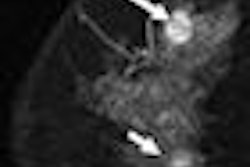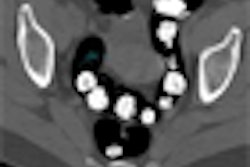Dear AuntMinnie Member,
Breast MRI is one of the most exciting clinical applications in medical imaging. But many questions remain, such as how it's being used in a clinical environment, in particular during breast screening.
A new study by a multicenter U.S. group answers many of these questions and is the subject of an article in our Women's Imaging Digital Community by staff writer Kate Madden Yee.
The study found that evaluating known malignant disease before treatment was the most common indication for breast MRI, followed by workup for suspicious lesions found on mammography or ultrasound. In a screening role, the most common application for breast MRI is to screen BRCA-positive women, who are known to be at higher risk of developing cancer.
Learn more by clicking here, or visit our Women's Imaging Digital Community at women.auntminnie.com.
NSF and MRI contrast
We're also featuring a pair of new articles on the sensitive issue of contrast media allergies, and how the prevalence of allergic reactions can vary based on the formulation of the agent.
In the first story, staff writer Wayne Forrest reports on a new study that found that the incidence of nephrogenic systemic fibrosis (NSF) at four institutions varied based on the type of gadolinium MRI agent used. Read more by clicking here.
A second article offers further confirmation of the link between gadolinium administration and NSF, with the risk of NSF rising in correlation with the number of contrast-enhanced MRI scans a patient received. That story is available by clicking here, or visit our MRI Digital Community at mri.auntminnie.com.



















